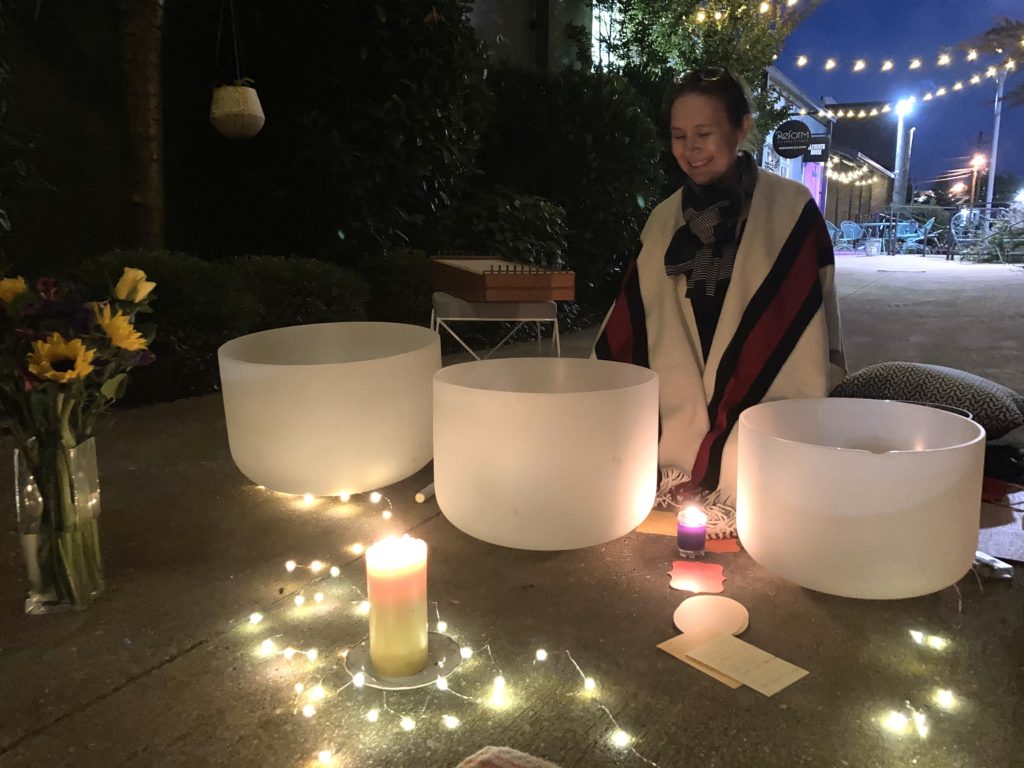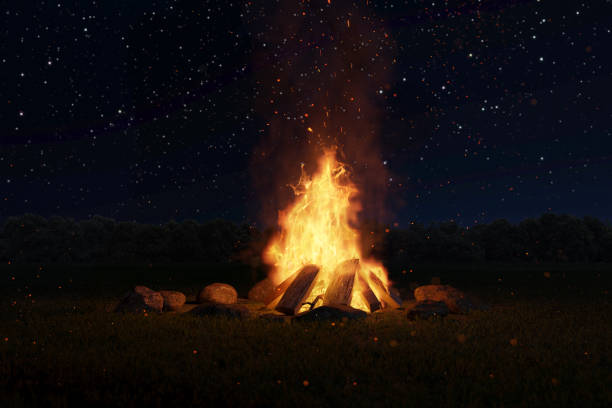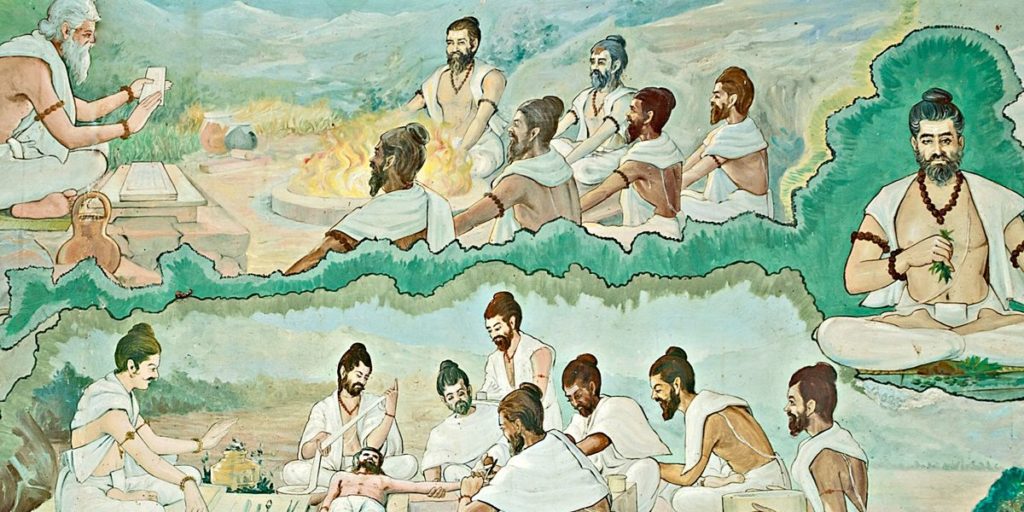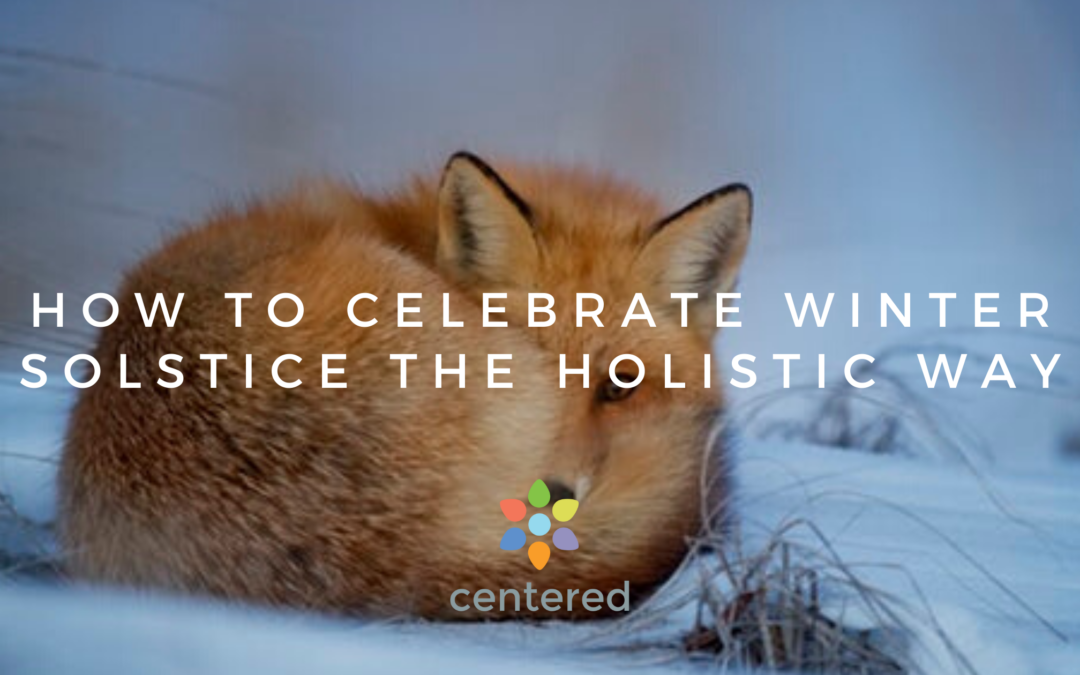Hi Centered Community! We’re almost to the Winter Solstice and can’t wait to move back into our seed bodies.
Winter what now?
This year, Winter Solstice falls on Tuesday, December 21 at 10:59am. Also called Hibernal Solstice, it is determined by the two moments during the year when the path of the Sun in the sky is farthest south in the Northern Hemisphere (December 21 or 22) and farthest north in the Southern Hemisphere (June 20 or 21) (Brittanica).
Winter Solstice is a time of settling and allowing our instinctual nestling to give purpose to the chill and darkness of the season. It’s also a great time for reflection, assessing our stock, and casting our bones to the fire so the weight we carry through the coming months is no greater than necessary.
Pre-Solstice Activities
As we move towards the Solstice, taking the time to tie up loose ends is essential. Finishing old projects, cleaning house, and disposing, recycling, repurposing, and rehoming our possessions and relationships brings our energy back to us. This reclamation of energy enables us to use it intentionally, with sovereign choice, and without waste. This also gives us the space to renew our commitments to those things which are serving us with more personal power.
You might also consider starting an Ayurvedic cleanse several days before the Solstice – details on that below.
If you’re reading this well into the Winter, don’t fret! It’s never too late to say “sayonara” to things that bring you less than joy. At any time, it is healthy to review our assets and move beyond our unhelpful attachments with gratitude for the lessons they brought – even if it was simply learning to discern between what serves or does not serve our unique self.
Celebrating in Community
If you’re local to Lexington, KY, we want to invite you to our in-person Winter Solstice Celebration where we’ll bathe in the sound of singing and crystal bowls and move through a gentle, grounding Asana (Yoga pose) flow. This seasonal workshop is lead by facilitators Liza Binford and Lauren Higdon, and always kicks off our new seasons beautifully. This year, the celebration takes place the evening before the Solstice, on Monday, December 20, from 7:30-9:30pm in our studio.
We love to celebrate all things in community here at Centered, but we understand that not everyone feels that way. If you’re more of a solo practitioner, read on for at-home Winter Solstice activities!

Winter Solstice at Home
Here’s some ideas from our community on celebrating Winter Solstice in your own comfortable space:
Experiencing the Shift
Regardless of the climate in your area, the Solstice manifests in nature in many ways. Grab your outdoor gear and a journal, go outside, and find somewhere you can sit undisturbed for a while.
Be still for a moment and really take in the world around you. What colors do you see? Do you hear sounds around you? How does the texture of the earth feel beneath you?
Try to do this without words; feel into these experiences without the narrative commentary that often bustles about in our minds.
Ask yourself: Do these experiences take place in a certain part of your body? Do they illicit the uprising of feelings, emotions, memories, or thoughts? Let all of these sensations play out without attaching anything to them.
Let them be just what they are, sit with and acknowledge them for a moment, and let them pass.
When you feel you’ve sufficiently taken in your surroundings, journal a while on your experience, and see if taking in the Winter Solstice through the signs of nature reveals further guidance within you for the coming months.

Seasonal Sipping for Tradition and Aroma
This traditional warming drink called Wassail is perfect for sipping during a solstice celebration (and it makes the house smell incredible). Simply combine 2 quarts apple cider, 1 1/2 cups orange juice, 3/4 cup pineapple juice, 1 tablespoon brown sugar, 1/2 teaspoon lemon juice, 2 cinnamon sticks, a dash of ground cinnamon, and a dash of ground cloves in a saucepan and bring to a boil. Lower the heat and simmer for 20-30 minutes. Discard the cinnamon sticks, pour into mugs, and serve. And for the grown-ups, a splash of rum or cinnamon whisky doesn’t hurt. (mothermag)
Embracing the Darkness
If you’d rather spend the darkest day of the year on the couch sipping tea, we totally get it. Why not take it a step further and leave the lights off for the day? This year, the sun will rise at 7:04am and set at 5:34pm (timeanddate). Plan your day around when you’ll have light available and use candles when the sun goes down!
This is one method to create a healthy “hard reset” for our circadian rhythms, restoring it to one that ebbs and flows with nature’s current. A healthy circadian system is essential for many vital bodily functions. According to one 2017 study featured in the National Library of Medicine,
“The circadian system is a master regulator of nearly all physiology and its disruption has major consequences on health… studies on shift-workers have shown that [sleep and circadian rhythm dysfunction] can lead not only to cognitive impairment, but also metabolic syndrome and psychiatric illness including depression.”
see a PDF of the study from Oxford University Press here.

Another way to do this if you don’t have control over the lighting in your environment is to use a pair of blue blocker sunglasses – the weird yellow-orange aviators Hunter S. Thompson loved. No matter the frame’s shape, the color of these glasses protect your precious eyes and the signals they send to the brain inducing melatonin (sleep chemical) production.
You’ll be amazed at how truly sensitive your body is to improper lighting and at the improved sleep you’ll get after making these conscious choices! However you go about it, we hope you’re able to get a healthy reset on your circadian biorhythm and sleep restfully on Solstice night. Sweet dreams!
Releasing with a Bone-Fire
Yes, you read that right. The etymology of bonfire whispers echoes of a time when the seasonal shift necessitated the ceremonial burning of literal. bones. When winter comes, the comfort of our modern lifestyles may quieten the inner voice that once heard the call which set this ancient tradition in place. I say we bring it back.
Now, of course, we’d hope that we don’t all have actual skeletons in our closets to burn. Instead, this simple ritual requires only a small, fire-proof dish (of course if you have a safe space and the means to do so, feel free to burn as large a fire as you like), a candle, bits of paper, and a pen or pencil.

Find somewhere safe to light your candle (also put your hair back if you’ve got long hair – paper burns hot!).
Pull out your paper bits and write words or names of things or people that you would like to release from your life. It could be one thing or many, and the reasons will vary. In essence, you are finding points of energetic attachment that have either deadened and lost benefit or have begun taking energy from you without your wholehearted consent in the form of your resources, thoughts, emotions, and time spent. These things are affecting your wellbeing, and it’s time for it to stop.
Once you’ve written your bones, find one that you would like to start with. Visualize this, feel it, let it be very real for you for this final moment. Say its name, in your head or aloud, perhaps followed by “You Are Released” or your own present-moment affirmation of letting go. Light the paper with the candle (or discard it into your campfire). Set the burning paper into the fireproof bowl. Follow with each item until you have finished.
Because letting go makes space for new growth, it is inherently a part of the process of growing. Therefore, take a moment to thank these things, again aloud or in your head, as an affirmation of your growth. Something like, “I have removed these blockages by the purification of fire, and am grateful to be open to new growth. Thank you, bones of my past, for this opportunity, and be well on your separate path.”
Ayurvedic Cleansing for Seasonal Shifts
People have been celebrating the change of the seasons across worlds of tradition and time. In India, the ancient holistic lifestyle of Ayurveda instructs us to partake in Panchakarma, meaning “five actions”. This is a multi-day personalized purification ritual which, in its fullness, needs to be practiced in the presence of a trained Ayurvedic physician. However, there are simplified methods that can be done independently at home. We sourced much of the following information from The Complete Book of Ayurvedic Home Remedies by Vasant Lad.

Panchakarma involves drinking warm ghee (clarified butter – super easy to make at home) in the morning over three days to create an internal environment where built up toxins called “ama” may move freely. Then, daily for the next five to seven days, generous amounts of warm oils are massaged into the skin from head to toe – the type of oil depending on the person’s innate body type, or “dosha”. This part should take fifteen to twenty minutes.
Sidenote – you can discover your Dosha by meeting with an Ayurvedic practitioner in your area or via a number of online quizzes – our favorite being the quiz at Banyan Botanicals.
If you’re wanting to go for the full treatment we recommend you read Dr. Lad’s book (or check out his articles on Ayurveda.com) or speak with your Ayurvedic physician about modifying the practices to fit your dosha and your present needs. Regardless of your approach, it will likely involve eating lots of Kitchari, a delicious, simple, and nourishing Ayurvedic rice-lentil dish packed with protein and easy to digest. Banyan provides several Kitchari recipes with variations for each dosha at their website here.
In summary…
We at Centered hope that, wherever you are, you’re able to take advantage of the shifting of the season. We wish you very well going into the holiday and New Year.
What are your favorite Winter Solstice traditions? Leave them in the comments below to keep our community growing together and check out or Centered Community Facebook Group to keep the conversation going!

Recent Comments